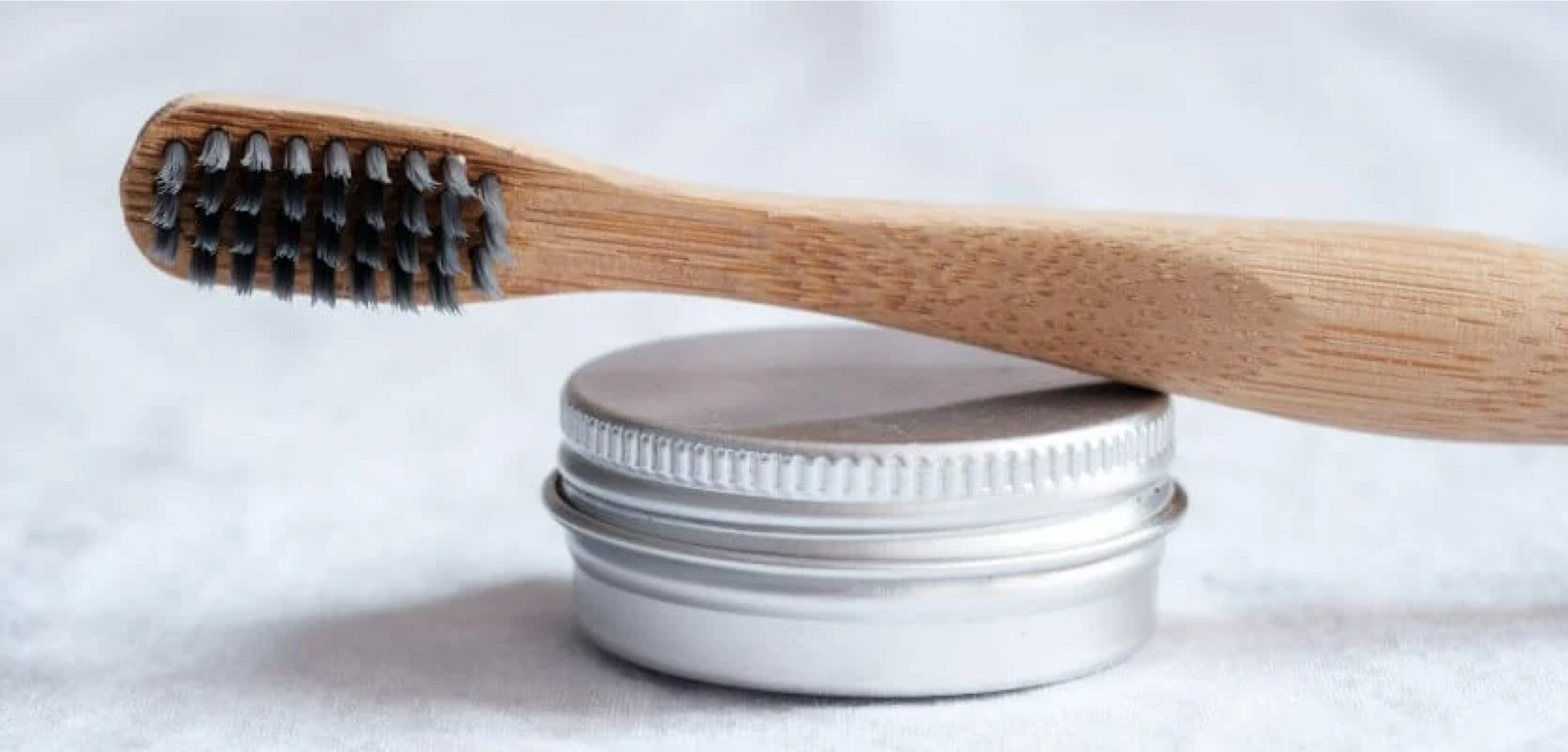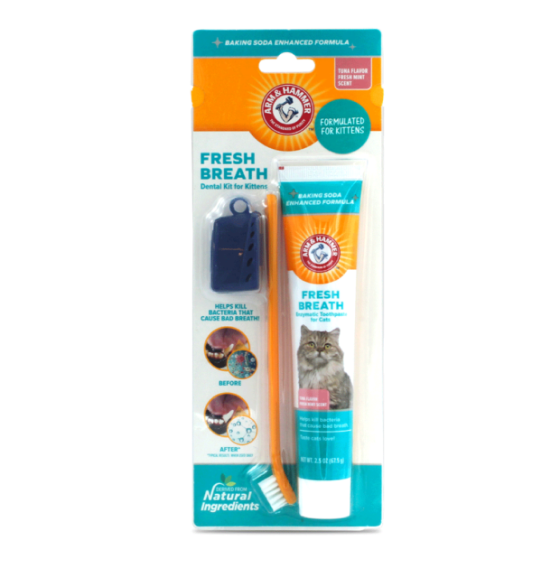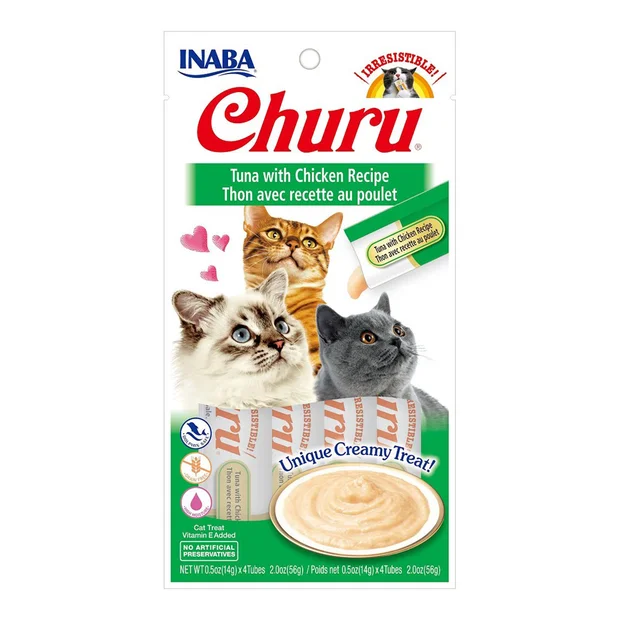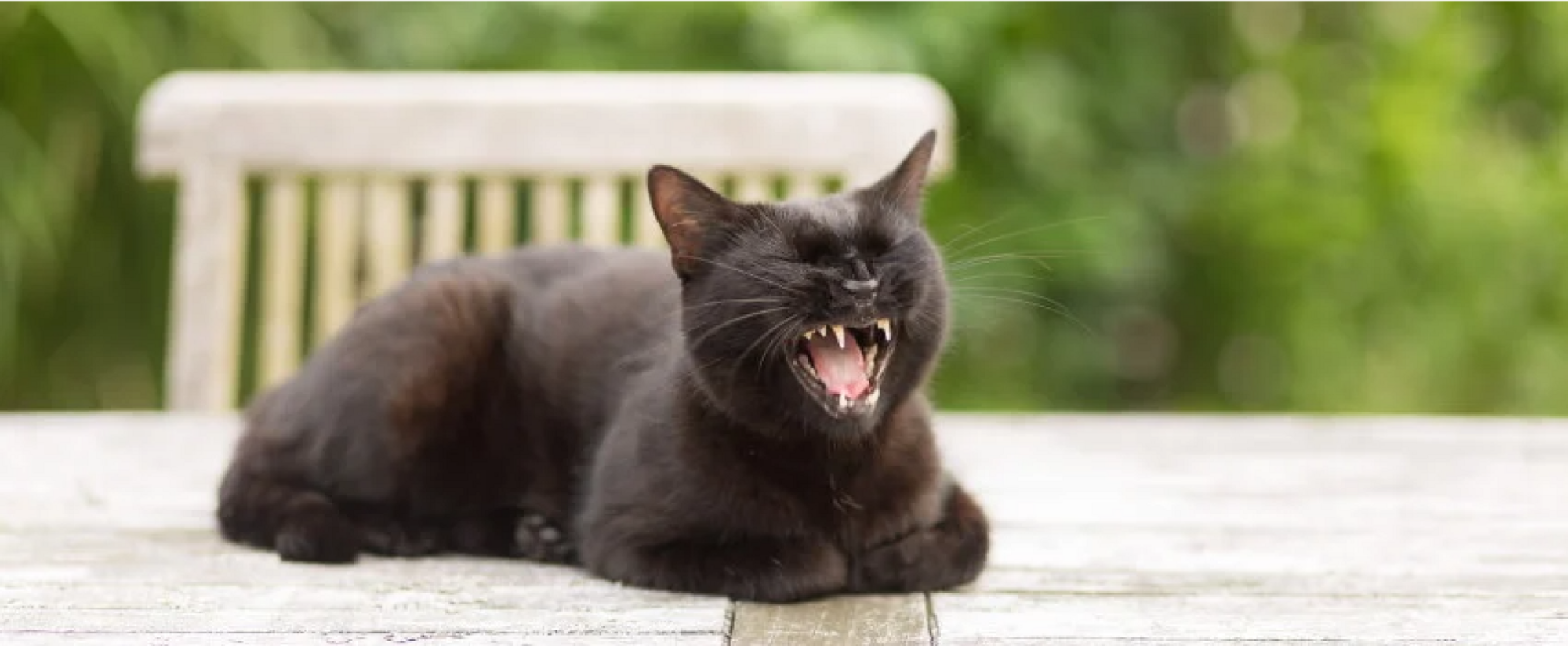Last Updated: 06/05/2025
How to Brush Your Cat's Teeth
Brushing their teeth is the best way to keep your cat's dental health in optimal condition. Find out how to train your cat to tolerate toothbrushing.
Author: Dr Brittany Ward BVSc
Reading Time: 25 minutes - medium read
What if I told you that the best way to prevent dental disease is brushing your cat's teeth? I imagine you can already feel the impending scratches! It doesn't need to be difficult though. You can train your cat to get used to having their teeth brushed and make it into a daily routine. While training a kitten is easier, you can start at any age.
Contents:
Why Should You Brush Your Cat's Teeth?
Brushing is the most effective way to prevent gingivitis, plaque and tartar. In the long run, this can mean reducing bad breath smell and less frequent dental scale and polishes with your vet. If left, dental disease can lead to oral pain, tooth loss, and in some cases even chronic disease like diabetes and heart disease.
To prevent this from happening, it is recommended to brush your cat's teeth daily. However, for those who have busy schedules or cantankerous kitties, at least 3 times a week is a good place to start.
Get The Right Products

Half the battle is choosing the right products! You want to know that the product you are using is going to be safe, effective and comfortable to use for both you and your cat. If your cat doesn't like the product you are using, then that could make training them harder.
Choosing a Toothbrush
Cats have a small mouth and generally don't like having their mouths touched, so it is important to choose a brush that is small enough to get into their mouths and comfortable to brush with. Thankfully there are a range of brushes available designed specifically to meet the needs of cats. These are usually angled brushes, small brushes or finger brushes.
Choosing A Toothpaste
When it comes to toothpaste, you want to choose something that works well, and has a taste your cat will love. Stick to pet toothpastes and try to choose flavours your cat likes, such as chicken.
DO NOT use any human toothpastes as these are toxic to pets. Homemade baking soda toothpastes should also be avoided as they have a bad taste and can cause digestive upset.
Top Recommended Cat Toothbrushes and Pastes

How To Get Your Cat Used To Toothbrushing

Remember that feisty cat you were imagining before as you tried to brush its teeth? Well that is a realistic outcome without training your cat to be comfortable having their face touched and their teeth brushed. It could take weeks to months to get your cat used to the process before you can make tooth brushing a regular routine.
Make sure you take each step slowly and practise it for several days to weeks before starting the next step.
Step 1: Choose A Time, Location and Position
When first starting out, it's going to be a new experience for your cat, so starting when they are tired or relaxed is a great way to reduce the likelihood of them becoming agitated. You will also need to decide whether it is easier for you to have them on a bench or on your lap. Usually, your cat should be facing away from you so that if they wriggle they back up towards you and it is less confrontational for your cat. It can also be helpful to be in a small room with a door that can be closed.
Step 2: Practise Touching Their Face
You will want to start getting them used to having their face touched, lips lifted and head held at a 45 degree angle. You can do this several times a day and it should be done at a different time to when you intend to brush their teeth. To help make this a rewarding experience, you could try placing a paste treat on your cat's nose while you are touching them, or having some tuna juice or paste treat on your fingers to place along the edges of the lips and to rub on the teeth.
Top Recommended Paste Treats for Cats


Step 3: Introduce The Toothpaste
At the time when you hope to brush your cat's teeth, start introducing them to the toothpaste. Place a small amount of the toothpaste on your finger and offer it to your cat to taste. This is why using a flavoured pet toothpaste is so helpful. If your cat seems disinterested in the toothpaste, try dabbing some on to their nose for them to lick off. Once they have a taste of it, they will usually take it from your finger. This process may take a bit longer if you have a fussy eater.
Step 4: Use a Cotton Tip (Q-Tip)
Once your cat is used to having their face touched and their head held, you can start to introduce the concept of brushing. To avoid the confrontation of using a toothbrush start with a Cotton Tip, which is soft and small. Move the cotton tip along the teeth in a circular motion, as well as along the edge of the gums. At first, only rub a couple of teeth at a time.
You can soak the cotton tip in some tuna juice from a can or add a little bit of paste treat to make this a more pleasant experience for your cat and build a positive association with having their teeth rubbed. Once they are accepting of the action, you can combine the Cotton Tip and the Toothpaste.
Step 5: Introduce The Toothbrush
Now that your cat is comfortable having their face touched and teeth rubbed, you can introduce the toothbrush! Just like the cotton tip, start slowly, only brushing a couple of teeth at a time and increase the duration of brushing as your cat gets comfortable. You can also use the toothbrush with a paste treat initially and upgrade to the toothpaste once they are comfortable with the process.
How To Brush Your Cat's Teeth

Now that your cat is comfortable with the individual parts involved in tooth brushing, you can put it all together! Try to make a routine and brush their teeth every day at the same time.
Choose a comfortable position for you and your cat and apply a small amount of toothpaste to the brush. Gently hold your cat's head at a 45 degree angle and lift the gums without opening the mouth. Use a circular motion to brush the outer surface and gumline of the teeth, starting with the cheek teeth and canines. These teeth usually accumulate the most plaque, so are the most important. Brush each side of the mouth for approximately 30 seconds.
Help! My Cat Refuses To Have Their Teeth Brushed
If you are having trouble training your cat to get their teeth brushed, or they just won't tolerate tooth brushing, that's ok! Tooth brushing is the most effective way to prevent dental disease, but there are also other products you can try such as treats, water additives, food additives and oral care diets.
Alternative methods of dental care are discussed in detail in our article Dental Care for Cats.
Top Recommended Dental Care Products:

Further Reading
Want to read more? Check out our other articles:
Want to know more? Check out our Discover Page for more tips on keeping your pets happy and healthy.